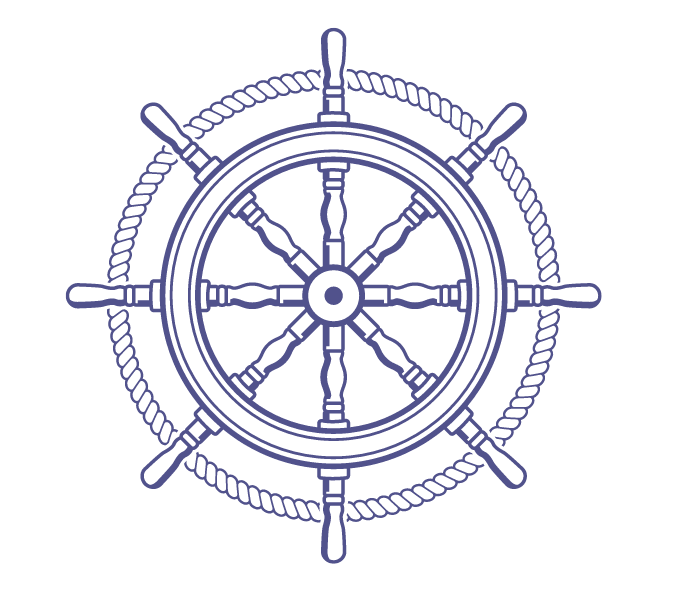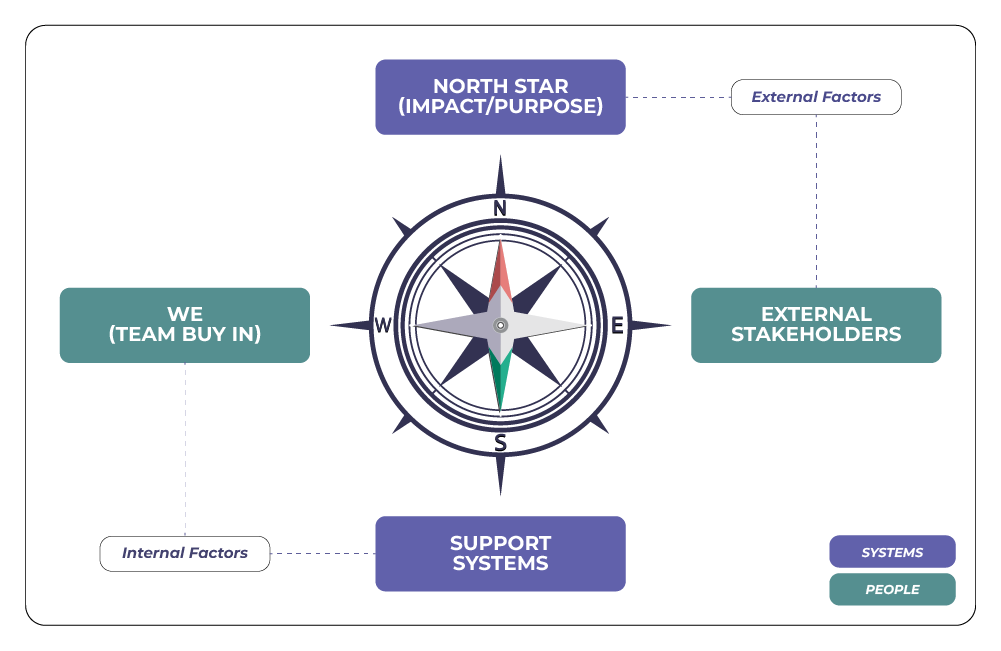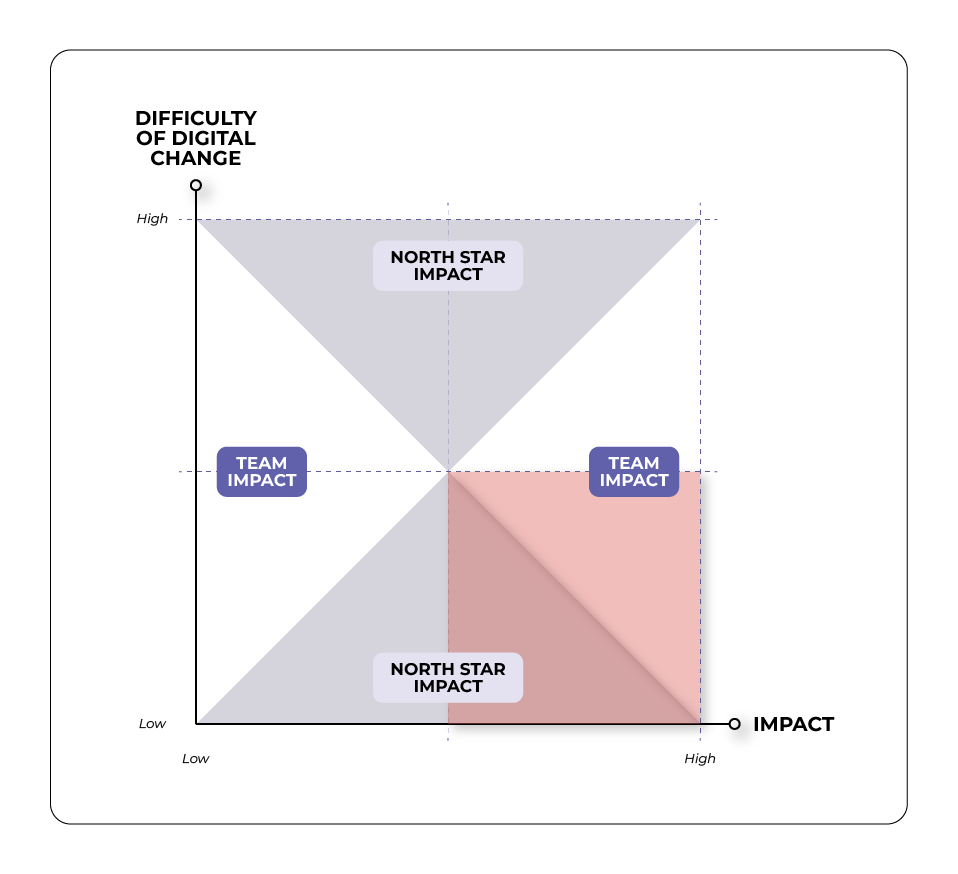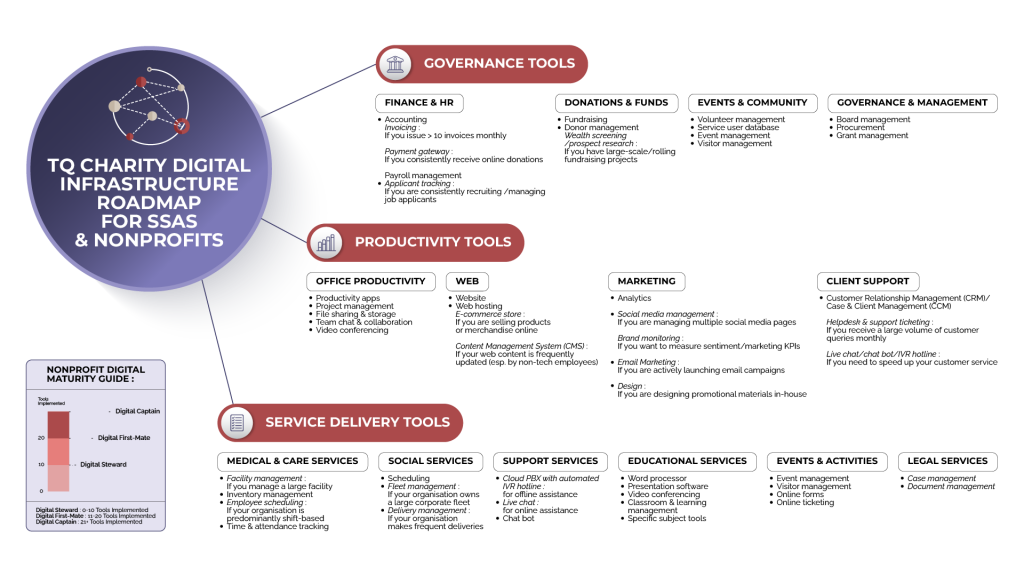Thunderquote Digital Toolkits
Prepared by Syah Putra Shahrul Zahrin
The emergence of the COVID-19 pandemic has compelled many non-profit organisations (NPOs) to adjust to the new norms by reevaluating their current practices and reevaluating their day-to-day operations. Thus, it is not a surprise that the world is being digitally transformed from the inside out. To avoid of being left behind, NPOs may opt to use this opportunity to expand their IT presence and future-proof their procedures to stay up with the digitisation of the social sector. Wondering how you can start navigating into the new digital era? Find out more about the steps that you can take to begin your digital transformation journeys with ThunderQuote digital toolkits.
Table of Contents

The arrival of the COVID-19 pandemic has forced many non-profit organisations (NPOs) to adapt to new normals by reassessing their current practices and rethinking their day-to-day operations. NPOs may, however, choose to take advantage of this opportunity to increase their IT presence and future-proof their processes to keep up with the digitisation of the social sector. ThunderQuote (TQ) therefore aims to help these NPOs navigate the new digital era by guiding them along their journeys of digital transformation.
TQ Charity Digital Compass 3.0
The first step of these transformations require organisations to assess their current digital situations and capabilities, and TQ has developed a digital transformation self-diagnosis tool known as the TQ Charity Digital Compass 3.0 to help NPOs fulfil this mission. The tool contains four poles to represent the four aspects that NPOs should consider when assessing their current digital states, as shown in Figure 1:

Figure 1: TQ Charity Digital Compass
North Star
(On the North Pole)
Represents the impact that the NPO wishes to have on their clients and beneficiaries, along with the targets that they want to reach and the standards that they want to set. This is where organisations may focus on determining their true missions and goals for their digital transformations, as well as how long it would take, realistically, for their projects to be completed.
Support Systems
(On the South Pole)
Represents an organisation’s current systems and workflows, which they may use as a foundation to decide whether to make minor tweaks to their current processes or to implement new systems entirely.
External Stakeholders
(On the East Pole)
A vital aspect of the digital compass, deals with any external sources of funding along with any external resources that are available to NPOs. It should also consider what needs to be done by NPOs to ensure that these external stakeholders continue to support their digital transformations. They should also, apart from that, decide on which parties should take the lead along these organisations’ journeys.
we (team buy in)
(On the West Pole)
Represents the backbone of any organisation: Its team members. These team members are essential for the success of their organisation’s digital transformations. As such, NPOs should consider how willing each of these team members are to participate in these transformations to determine which of them should oversee the change process.
TQ Charity Digital Navigator
The next step after the initial assessment of an organisation’s readiness for digital change would be to gauge the weak points in their current systems and processes. as it is quite likely that their current management systems will become outdated as time progresses. NPOs will have to, at some point in time, assess and decide on whether their company should keep their current systems, make any necessary changes to adapt to the times, or scrap them altogether, which is where TQ’s next tool, the TQ Charity Digital Navigator (shown in Figure 2), may be introduced to help them along with this process.

Figure 2: TQ Digital Navigator Matrix
The Navigator consists of two axes: The vertical axis measures how easy or difficult it would be to implement a particular change while the horizontal axis measures the impact that implementing that change would have on the organisation’s system. The matrix is divided into four quadrants as shown in the diagram above:
- Low difficulty, low impact
- Low difficulty, high impact
- High difficulty, low impact
- High difficulty, high impact
Here’s an example to illustrate how this works: An NPO is currently searching for ways to improve on its existing accounting process, as its staff members are making use of hardcopy forms to document their invoices and are performing manual calculations when evaluating their finances, which are tedious and time-consuming processes.
- The first step when using the Charity Digital Navigator would be to select the existing system that the NPO wishes to analyse, which in this case, would be that they are struggling to keep up with their accounting process.
- The next step would then be to evaluate the current impact that that system has on the organisation, which would, in this case, be that it causes the accounting process to be slow and tedious to carry out. The NPO should also start to consider the various alternatives that they have to help improve this process, such as implementing digital tools to help them increase their levels of productivity.
- Thirdly, the organisation should attempt to measure how easy or difficult it would be to change or upgrade that system, as well as to consider how changing it could possibly impact any other systems or people involved during the change process. In this case, for instance, having personal laptops would make it easier for organisations to implement the tools, which would, in turn, lead to their team members being able to clear their invoices more quickly, allowing for a smoother overall workflow.
- Finally, the system should be placed in its appropriate quadrant within the matrix. In this case, the proposed system is easy to implement (low difficulty), but would provide a high level of impact to the team, which puts it in the red zone of Figure 2 above.
Digital Infrastructure Roadmap for Non-Profits and Social Service Agencies (SSAs)
The third and final step would be for the NPOs to, once they have decided on what changes need to be made, use the Digital Infrastructure Roadmap for Non-Profits and Social Service Agencies (SSAs) as a guide to map out their digital ecosystems. The roadmap is divided into three main sections according to the categories of tools used, as shown in Figure 3 below:

Figure 3: TQ Digital Infrastructure Roadmap

Governance Tools
Help with the day-to-day operations of the organisations as well as the management of its internal resources. An example of such a tool is Salesforce Non-Profit Cloud which may be used to manage and track donations within NPOs.

Productivity Tools
Help by increasing the efficiency of an organisation’s day-to-day operations, which allows for greater amounts of productivity from a smaller workforce. For instance, an organisation may require the help of a non-IT team member to create, edit, and publish content without having to rely on an IT team to do so. As such, they may choose to implement a content management system such as WordPress or Squarespace to allow for content to be quickly published and easily maintained by the organisation’s IT team.

Service Delivery Tools
Help to bring an organisation’s services to external parties such as end-users and stakeholders. An example of such a tool is Intercom, which is a service that allows NPO staff members to add a custom chatbot to their website that would enable end-users to send enquiries conveniently without having to regularly contact the NPO’s staff members.
The total number of digital tools within the NPO may then be added up to determine the organisation’s level of digital maturity, which effectively gauges how ready they are to implement new tools across their organisation:

Digital Steward
The NPO has less than 10 tools which means that it is at the beginning of its digital transformation journey and should therefore be able to readily adopt more digital tools across various organisational areas. At this level of maturity, the NPO still relies heavily on traditional support systems, which are mostly inefficient. There is also a lack of collaboration between its different systems and departments since there is little to no data being transferred between them. The NPO’s support and fundraising systems are traditional, and access to beneficiary information is limited. Its processes are also both simple and manual, with some of them being inefficient as well as time-consuming.

Digital First Mate
The NPO has between 11 to 20 tools which means that it already has several tools implemented and that it is relatively familiar with how to implement and operate digital systems, but there is still room for improvement. The organisation has started to automate some of its operations, although some manual processes remain. Its staff members are also starting to take data more seriously and are using insights from their analysis to look at where the organisation should focus its efforts on in the future.

Digital Captain
The NPO has 21 tools and above, which means that most of its processes are automated, it can make data-driven decisions with ease, and it can comprehensively use and implement digital and cloud-based systems. At this level, the organisation prioritises understanding the needs of its beneficiaries and how to adapt to these needs through data analysis. The NPO is also in a good position to implement better and more advanced technologies in the future.
Summary
- The Charity Digital Compass 3.0 allows for organisations to accurately assess their current digital situations and capabilities.
- The Charity Digital Navigator allows NPOs to identify potential points of improvement within their current processes and systems and gauge how easy or difficult it would be to implement them across their organisations.
- Finally, the Digital Infrastructure Roadmap guides NPOs in mapping out their digital ecosystems and assists them in deciding what would be the best fit for their organisation.
